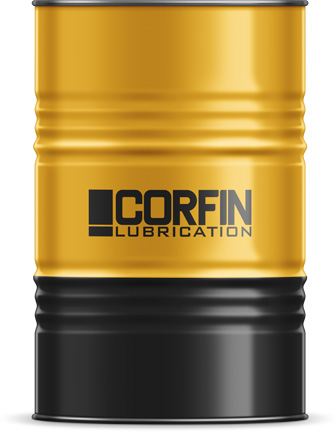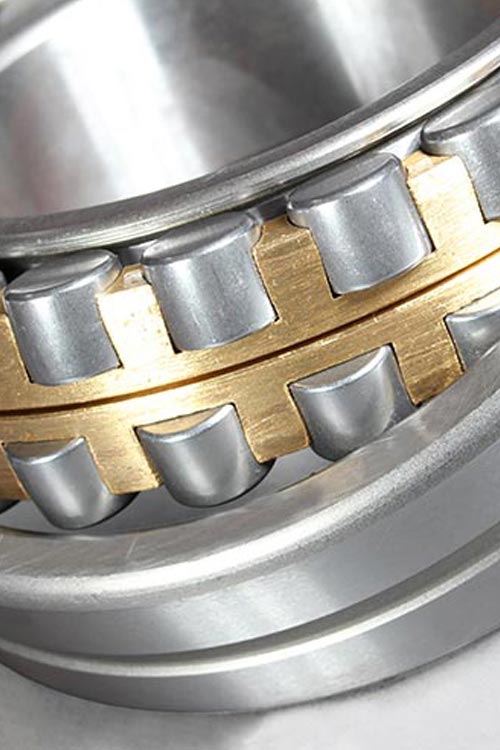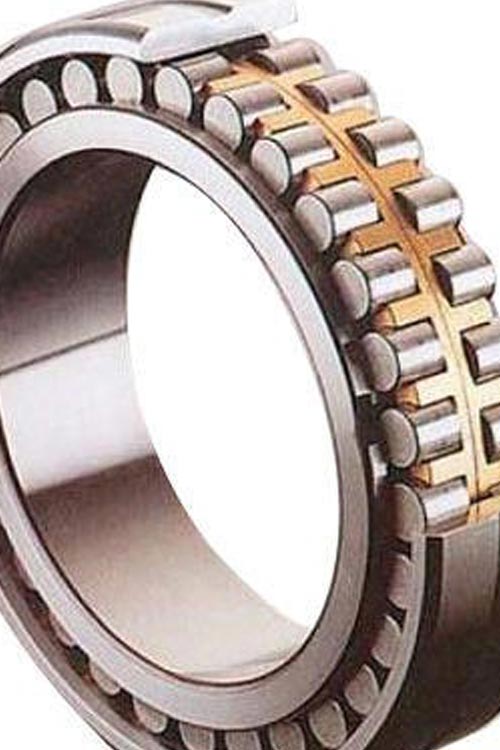SKU 110801
Category Greases
PTFE High Temperature Grease
AKOBERTA 55/2
PTFE High Temperature Grease Advantages
Akoberta 55/2 – PTFE High Temperature Grease, the new PTFE grease introduced by the Corfin Lubrication brand, can be used safely in many sectors of the industry and in a wide range of equipment operating at high temperatures.

Wide operating temperature (-20/250 °C)
Perfect match of elastomer and plastic
Unique performance of synthetic base oil PAO
PTFE High Temperature Grease Features
- Excellent rust prevention feature
- Resistance to solvents and chemicals
- With its non-toxic feature
- Provides excellent performance with low evaporation stability
- Maximum compatibility with the surface

PTFE High Temperature Grease Usage Areas
Which Industries
Should Prefer?



You can contact us for any questions you may have
YOU MAY
ALSO
INTEREST
PRODUCTS
PTFE High Temperature Grease Tech Data
| ANALİZLER | STANDART | BİRİM | SONUÇ |
|---|---|---|---|
| Color | Beige | ||
| Appearance | Homogeneous | ||
| Base Oil | PAO - PTFE | ||
| Base Oil Viscosity (cst) at 40 °C | ASTM D445 | cst | 460 |
| Temperature Range | °C | -30 / 200 | |
| NLGI Class | 2 | ||
| Penetration | ASTM D217 | mm/10 | 265 - 295 |
| Dropping Point | ASTM D2265 | °C | Drip-Proof |
| Four Ball Test 1 hour/75 °C - 40kg (392 N) | ASTM D2266 | mm | 0,65 |
| Four-Ball EP Test 10 sec. / 1770 rpm Speed | ASTM D2596 | > 350 | > 350 |
PTFE High Temperature Grease Frequently Asked Questions
Contact Form

MADE IN
TÜRKİYE
FOR ALL ORDERS
FREE SHIPMENT
ON-SITE PROBLEM
DETECTION
TECHNICAL
CONSULTING
The information contained on this page is based on our current experience and is intended to provide information on appropriate use or application based on technical experience. It does not constitute a warranty or guarantee for the product. It is recommended that you contact us for your specific applications and for more comprehensive information. Akoni Kimya reserves the right to change all of the information on this page without notice.
SKU 110801
Category Greases
PTFE High Temperature Grease
AKOBERTA 55/2

THICKENER
New generation
BASE OIL
PTFE
NLGI
2
1 kg, 20 kg, 180 kg
1-3 Weeks
-
MADE IN
TÜRKİYE
-
FOR ALL ORDERS
FREE SHIPMENT
-
ON-SITE PROBLEM
DETECTION
-
TECHNICAL
CONSULTING
PTFE High Temperature Grease Advantages
Akoberta 55/2 – PTFE High Temperature Grease, the new PTFE grease introduced by the Corfin Lubrication brand, can be used safely in many sectors of the industry and in a wide range of equipment operating at high temperatures.

Wide operating temperature (-20/250 °C)
Perfect match of elastomer and plastic
Unique performance of synthetic base oil PAO
PTFE High Temperature Grease Features
- Excellent rust prevention feature
- Resistance to solvents and chemicals
- With its non-toxic feature
- Provides excellent performance with low evaporation stability
- Maximum compatibility with the surface

PTFE High Temperature Grease Usage Areas
Which Industries
Should Prefer?


You can contact us for any questions you may have
IN THESE PRODUCTS
YOU MAY BE INTERESTED
PTFE High Temperature Grease Tech Data
| ANALİZLER | STANDART | BİRİM | SONUÇ |
|---|---|---|---|
| Color | Beige | ||
| Appearance | Homogeneous | ||
| Base Oil | PAO - PTFE | ||
| Base Oil Viscosity (cst) at 40 °C | ASTM D445 | cst | 460 |
| Temperature Range | °C | -30 / 200 | |
| NLGI Class | 2 | ||
| Penetration | ASTM D217 | mm/10 | 265 - 295 |
| Dropping Point | ASTM D2265 | °C | Drip-Proof |
| Four Ball Test 1 hour/75 °C - 40kg (392 N) | ASTM D2266 | mm | 0,65 |
| Four-Ball EP Test 10 sec. / 1770 rpm Speed | ASTM D2596 | > 350 | > 350 |
PTFE High Temperature Grease Frequently Asked Questions
Contact Form
The information contained on this page is based on our current experience and is intended to provide information on appropriate use or application based on technical experience. It does not constitute a warranty or guarantee for the product. It is recommended that you contact us for your specific applications and for more comprehensive information. Akoni Kimya reserves the right to change all of the information on this page without notice.







